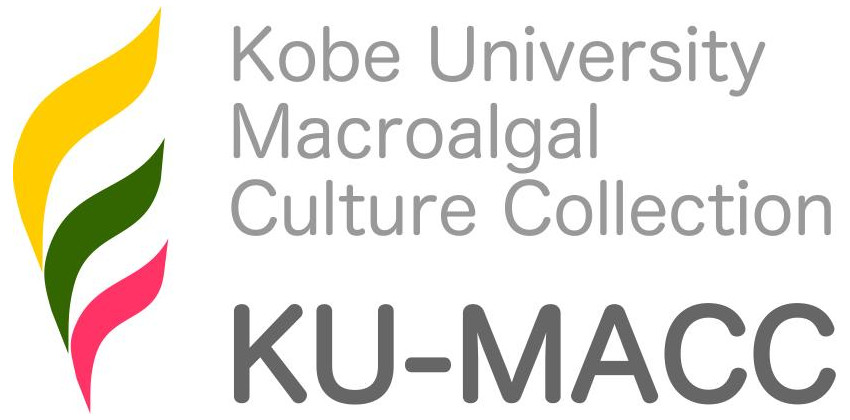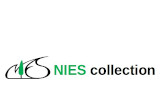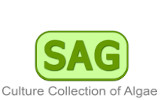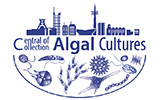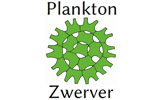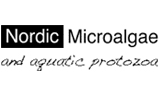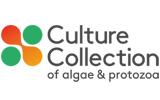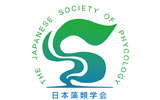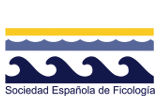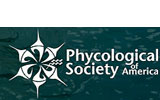Chara virgata Kützing 1834
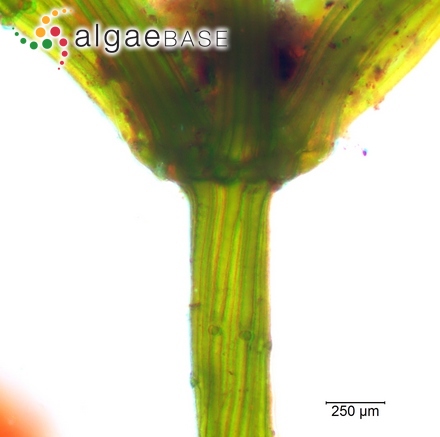
Current name:
Chara virgata Kützing
Red/cyan anaglyph shows cortex structure in 3D.Collected by Ingrid Jüttner, Lough Cluain, Galway, Ireland. - 15 February 2013. C.F.Carter (chris.carter@6cvw.freeuk.com)
Publication Details
Chara virgata Kützing 1834: 705
Published in: Kützing, F. (1834). Beschreibung einiger neuer Arten der Gattung Chara. Flora (Jena) 17: 705-707.
Type Species
The type species (lectotype) of the genus Chara is Chara vulgaris Linnaeus.
Status of Name
This name is of an entity that is currently accepted taxonomically.
Type Information
Type locality: bei Schleswig [Güderott, Schleswig-Flensburg, Germany]; (Kützing 1834: 705) Lectotype ("Güderott-Moor near Boren" designated by Wood in Wood & Imahori 1965: 159): L; 820940 (fig. 51.5) (Nat 2024: 681)
Origin of Species Name
Adjective (Latin), twiggy, long and slender or streaked, rod-like (Stearn 1983).
General Environment
This is a freshwatermarine species.
Description
The plants are 3-15 (30) cm high, encrusted or unencrusted and grey to green in colour. The axis is up to 500 µm in diameter. The internodes are 1-3 times longer than the branchlets. The branchlets are 7-8, each with 4-9 segments. The stem cortex is triplostichous, tylacanthous. The spine cells are solitary and papillous. The stipulodes in the upper row are well developed and acute, in lower row they are short to papillous. The bracteoles are 1-2 times as long as the oogonium. The plant is monoecious. The gametangia are conjoined at the three lowest branchlet nodes. The oogonium is up to 1.1 mm long, and up to 700 µm broad. The oospore is black. The antheridium is up to 350 µm in diameter. Multicellular bulbils are often found in this species.
Habitat
Chara virgata is common in freshwater but is occasionally found in brackish water. It is found in many different types of localities, from large lakes to ditches and streams. The water is from soft to calcareous, and often rich in electrolytes. The species can also tolerate competition from other water plants. It is often found in shallow water, growing on many types of bottom, from peat to marl and sand bottom. This is one of the most common charophytes in the area.
Chara virgata is commonly very rich fertile, and such plants can be found from May to late autumn, and ripe oospores which also are frequent are found from July.
The species is annual or perennial, depending on the depth of growth. Perennial forms have oospores through the spring
Key Characteristics
Triplostichous cortex, tylacanthous, stipulodes with long cells in upper row.
Created: 11 April 2002 by M.D. Guiry.
Last updated: 15 January 2025
Verification of Data
Users are responsible for verifying the accuracy of information before use, as noted on the website Content page.
Distributional note
The species is widespread in Europe. It is also reported from India, Japan and North America. In the Nordic countries the species has been found in
Finland (Langangen et al. 2002), Sweden (Hasslow 1931, Blindow & Langangen 1995, Blindow 2000), Norway (Langangen 1974, 2007), Denmark 1944), Faroe Islands (Langangen 1996), Iceland and Greenland (Langangen et al. 1996). It is also found in Shetland, Orkney and Scotland (Moore 1986). In Norway the species is found scattered through most of the country, except for central parts of South Norway and parts of the western coast. In North Norway the species is not found in central parts of Finnmark. In Sweden the distribution is not updated here, but it is found in many localities in South Sweden, north to Østersund. In Finland the species has a southern and eastern occurrence, in the central parts of the country the species is missing. The distribution in North Sweden is based on determination of specimens from Stockholm(S) and Uppsala (UPS).
In Denmark and Iceland the situation is unclear, as Olsen (1944) and Langangen (1974) include C. virgata in C. globularis. The locality in Iceland is from the herbarium in Akureyri (AMNH).
Together with the occurrence in the mainland and the islands north of Scotland, Faroe Islands and Greenland this is the northern border for this species in Europe
- (29 December 2009)
Linking to this page: https://www.algaebase.org/search/species/detail/?species_id=35590
Citing AlgaeBase
Cite this record as:
M.D. Guiry in Guiry, M.D. & Guiry, G.M. 15 January 2025. AlgaeBase. World-wide electronic publication, National University of Ireland, Galway. https://www.algaebase.org; searched on 02 April 2025
